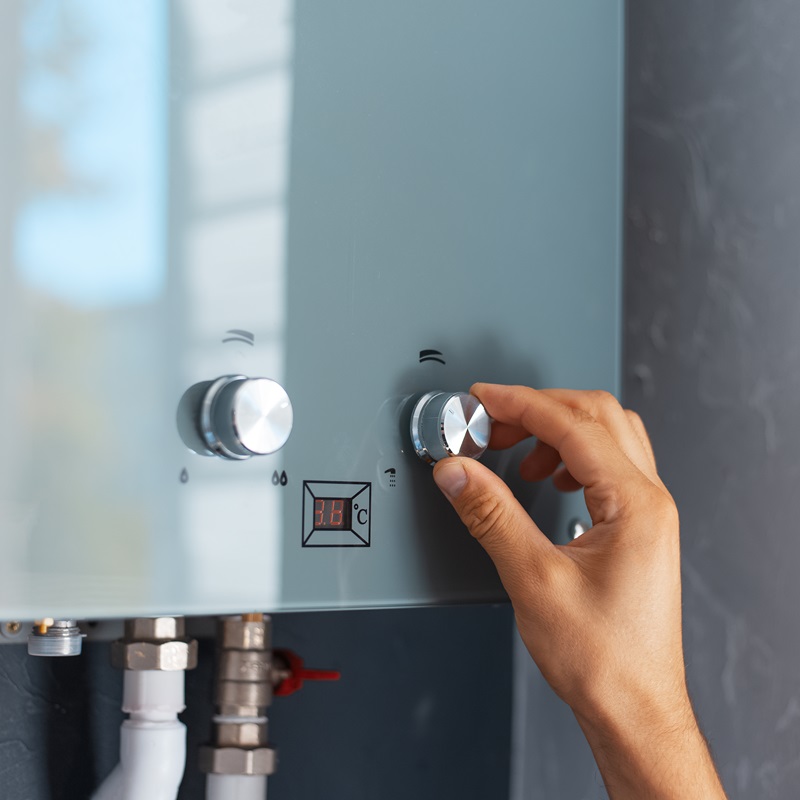Plumbing fees may vary with different geyser sizes.
Plumbing fees may vary with different geyser sizes.
Blog Article
Just how to Select the Right Geyser to Maximize Energy Effectiveness in your house
From comprehending the different kinds of geysers, to reviewing their power effectiveness ratings and thinking about placement technique, each decision plays an important role in making best use of efficiency. Allow's get started on this journey to find exactly how to make the most informed selection for a geyser that will reduce your energy costs while ensuring optimal performance.

Comprehending the Different Kinds Of Geyser
While there are numerous sorts of geysers offered on the marketplace, understanding the distinctions between them is vital for power efficiency (geyser sizes). The initial kind, storage hot springs, are the most usual and store warm water in a tank for use when needed. They are available in various capabilities and are generally energy-efficient, however they can lose warmth when not in usage
The second type is the tankless geyser, which heats up water on need, leading to much less energy waste yet needing a higher first power draw. Solar hot springs utilize solar energy to heat the water, making them the most energy-efficient but likewise the most expensive.
Examining Your Family's Hot Water Demands
Before diving into the acquisition of a hot spring, it is essential to evaluate the warm water needs of your home. This assessment ought to take into consideration numerous factors consisting of the variety of home participants, regularity of warm water use, and the number of warm water outlets in the home (geyser sizes). A small family members with occasional hot water use might need a smaller, much less effective geyser compared to a larger household with numerous daily warm water demands
The kind of home appliances that call for warm water likewise play a substantial function. Dishwashing machines and cleaning devices, for example, may call for even more warm water than a straightforward shower or cooking area sink. Additionally, details tasks such as showering or cleansing also affect the frequency and volume of warm water needed.
Assessing Power Performance Ratings of Geyser
Having actually assessed the warm water requirements of your household, it's essential to transform your focus to the energy effectiveness rankings of hot springs. These ratings, typically offered as Power Factor (EF), indicate a geyser's total power efficiency based on the amount of warm water created each of gas consumed over a common day. The higher the EF, the a lot more reliable the hot water heater.

Considerations in Geyser Size and Placement
Beyond energy efficiency rankings, the dimension and positioning of your geyser are critical components to take into consideration. The dimension of the geyser must line up with your home's warm water needs. A small geyser might Read More Here use less power however may not offer sufficient warm water for multiple usages at the very same time, whereas a larger unit can meet better demand but might take in more power.
Geysers need to be set up close to factors of use to minimize warm loss during water transport. Additionally, taking into consideration thermal click to investigate insulation, a geyser situated in a warmer area sheds much less warm and therefore utilizes less energy to keep the water temperature.
Price Analysis: Stabilizing Initial Financial Investment and Long-Term Savings
While size and positioning most certainly play considerable duties in a geyser's power performance, one should not overlook the monetary facet. When thinking about the first investment, the cost of energy-efficient hot springs can be more than conventional versions. However, the boosted ahead of time cost can be balanced out by lasting power savings, making it a beneficial financial investment in the future.
Analyzing long-lasting cost savings needs an understanding of the geyser's power ranking. A device with a greater rating will consume less energy, translating to lower utility expenses gradually. In addition, federal government incentives and rebates for energy-efficient appliances can also help recover preliminary expenses.
Ultimately, upkeep and life-span need to be factored in. Energy-efficient hot springs usually have much longer life-spans and reduced upkeep expenses, adding why not check here to general cost savings. As a result, when balancing initial investment and long-term savings, one need to take into consideration not just the purchase price but additionally power usage, government incentives, and upkeep expenses.

Conclusion
These include recognizing the kinds of geysers, analyzing your family's hot water demands, examining energy performance rankings, and computing expense benefits. The appropriate geyser size, positioning, and insulation can substantially decrease power expenses and ecological effect.
Report this page